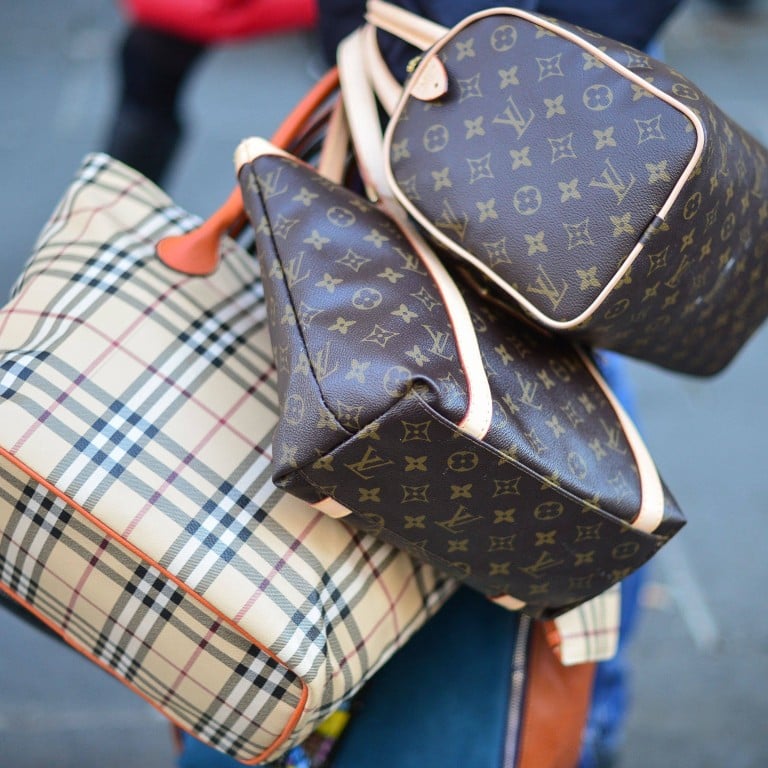
‘It’s a cancer’: why Naples is the fake designer goods capital of Europe
- A heritage in tailoring and leather, a port, unemployment and an influx of cheap foreign labour have helped a mafia-run counterfeiting market flourish in Naples
- While luxury fashion houses are trying to stamp out counterfeits, many customers seem unconcerned about buying them. ‘It does not bother me,’ says one teen
As top brands like Gucci and Prada prepare to report billions in sales this month, luxury fakes on the streets of Naples, Italy, are also yielding a jaw-dropping cash stream – for the mafia.
“Which brand do you like? What colour, what model?” asks a persistent seller at the “Market of Fakes” spread out over back alleys near the gritty city’s central railway station.
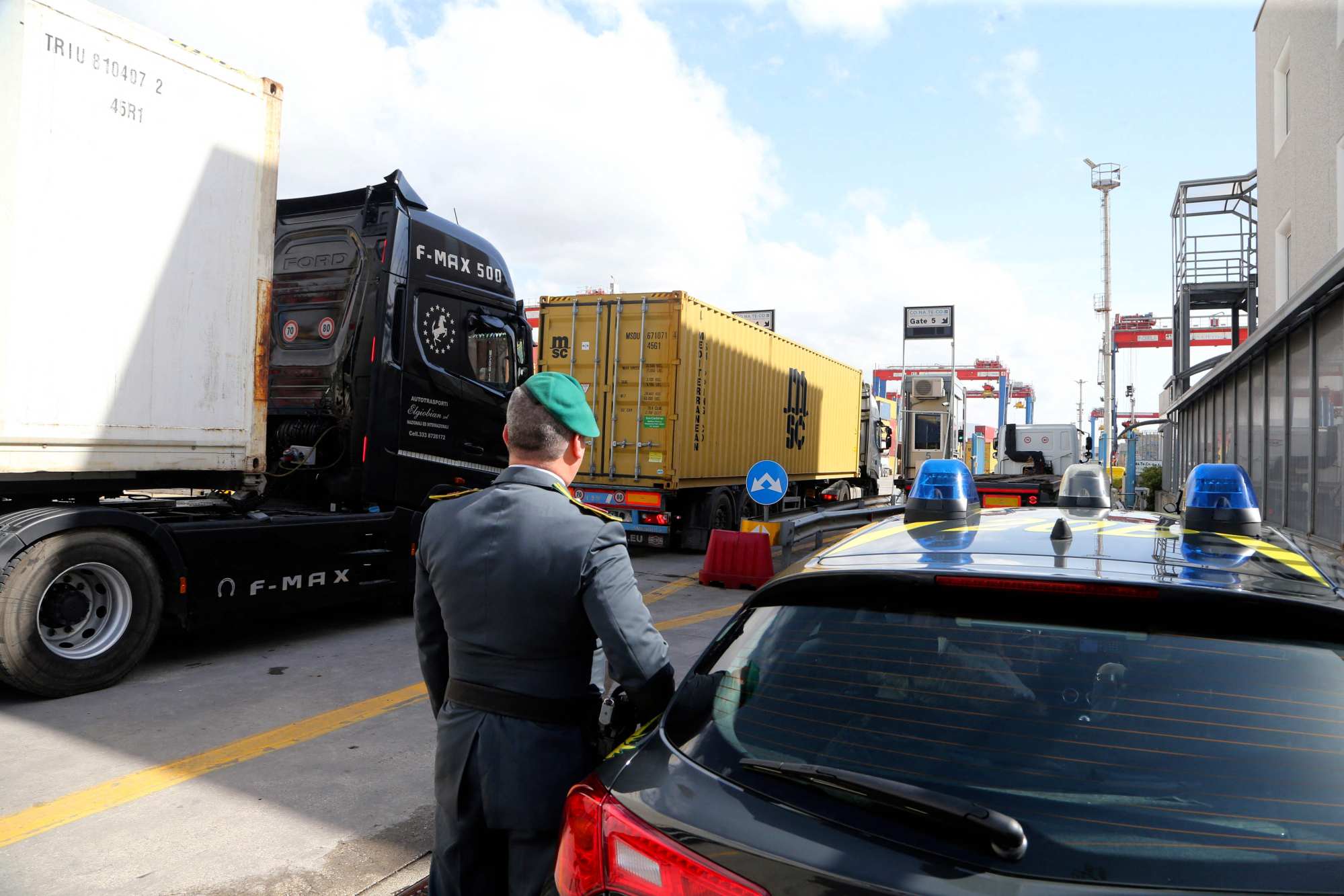
Italy – home of the most luxury fashion brands – is the clear leader in counterfeit seizures within the European Union, accounting for 63 per cent of items confiscated by police in 2022, according to a November EU report.
‘Bags are fake, maybe his heart is too’: copy handbags anger Hong Kong girlfriend
And it is in Naples that the counterfeits trade has prospered to a unique extent, making it the undisputed European capital of fakes.
While many consumers are unconcerned about counterfeits, the mafia’s involvement has increasingly made them a law enforcement priority.
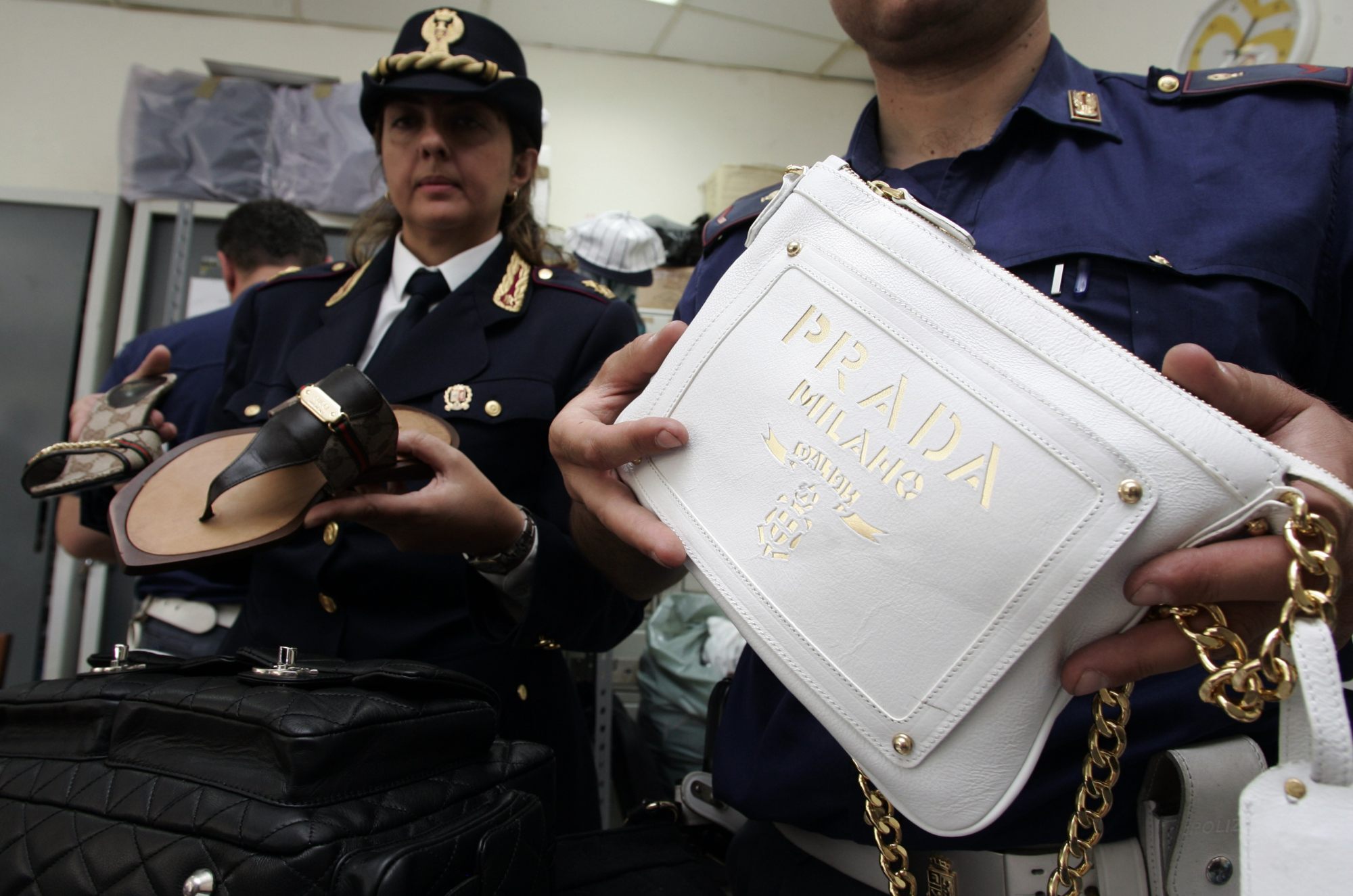
“Counterfeiting is very important because it is a warning bell,” signalling more dangerous crimes, said Lieutenant Colonel Giuseppe Evangelista, head of operations in Naples for the Guardia di Finanza, Italy’s financial crimes police.
While less lucrative than selling drugs, counterfeiting generates cash, helps launder drug money and is relatively low-risk, with jail sentences far below those for more violent crimes.
“They’ve already got the clientele … the tourists go by on the street, the bag is bought and it generates profits for the criminal organisation,” said Evangelista.
‘I was taught by a counterfeiter’: how an expert wine fraud detector works
Police seizures are frequent and on the rise, including the discovery of a factory producing thousands of counterfeit Napoli soccer banners, jerseys and caps in February.
“In Naples, counterfeiting represents a real parallel economic sector” run by local and foreign mafias, wrote a 2021 government report. It called the city a “centre of excellence” for fakes.
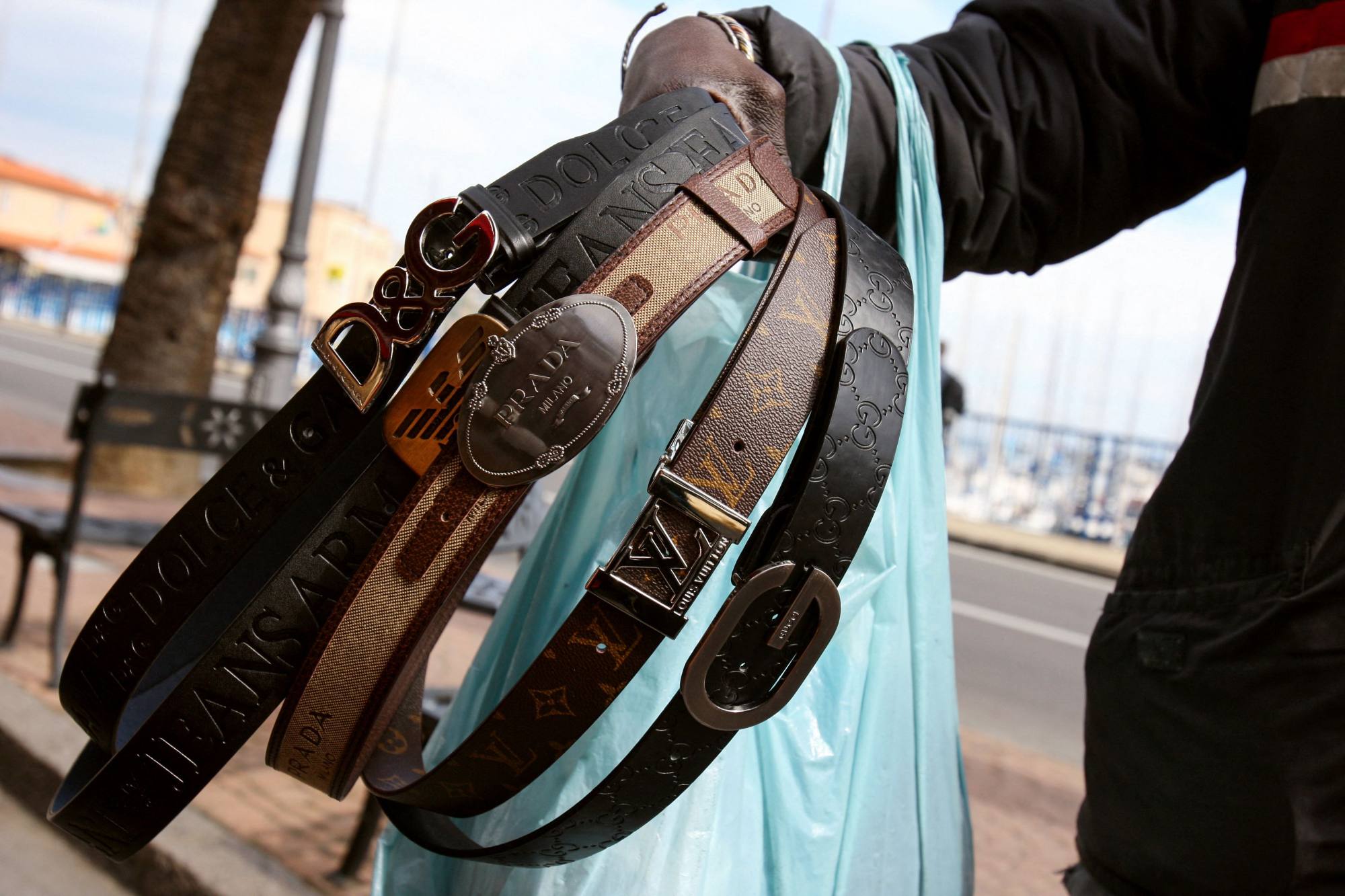
An artisanal heritage in tailoring and leather, an international port, high unemployment and an influx of cheap foreign labour have all helped counterfeiting flourish – as has the local population’s long-standing tolerance of bending the rules.
While higher quality goods are produced locally, most imported goods come from China and Turkey.
Watch out for fake K-beauty products flooding Southeast Asia and China
Counterfeiters choose busy EU ports, such as Rotterdam in the Netherlands, or those with less stringent controls like those in Greece or Bulgaria, from which imported fake goods are trucked to Italy.
Once in the Campania region surrounding Naples, final finishing takes place in workshops using cheap illegal labour. Labels are frequently shipped separately and sewn on last, making it more difficult for customs to spot fakes.
The mafia also controls distribution, either through its own sales channels or by pressuring shop owners to sell fake goods among their genuine items.
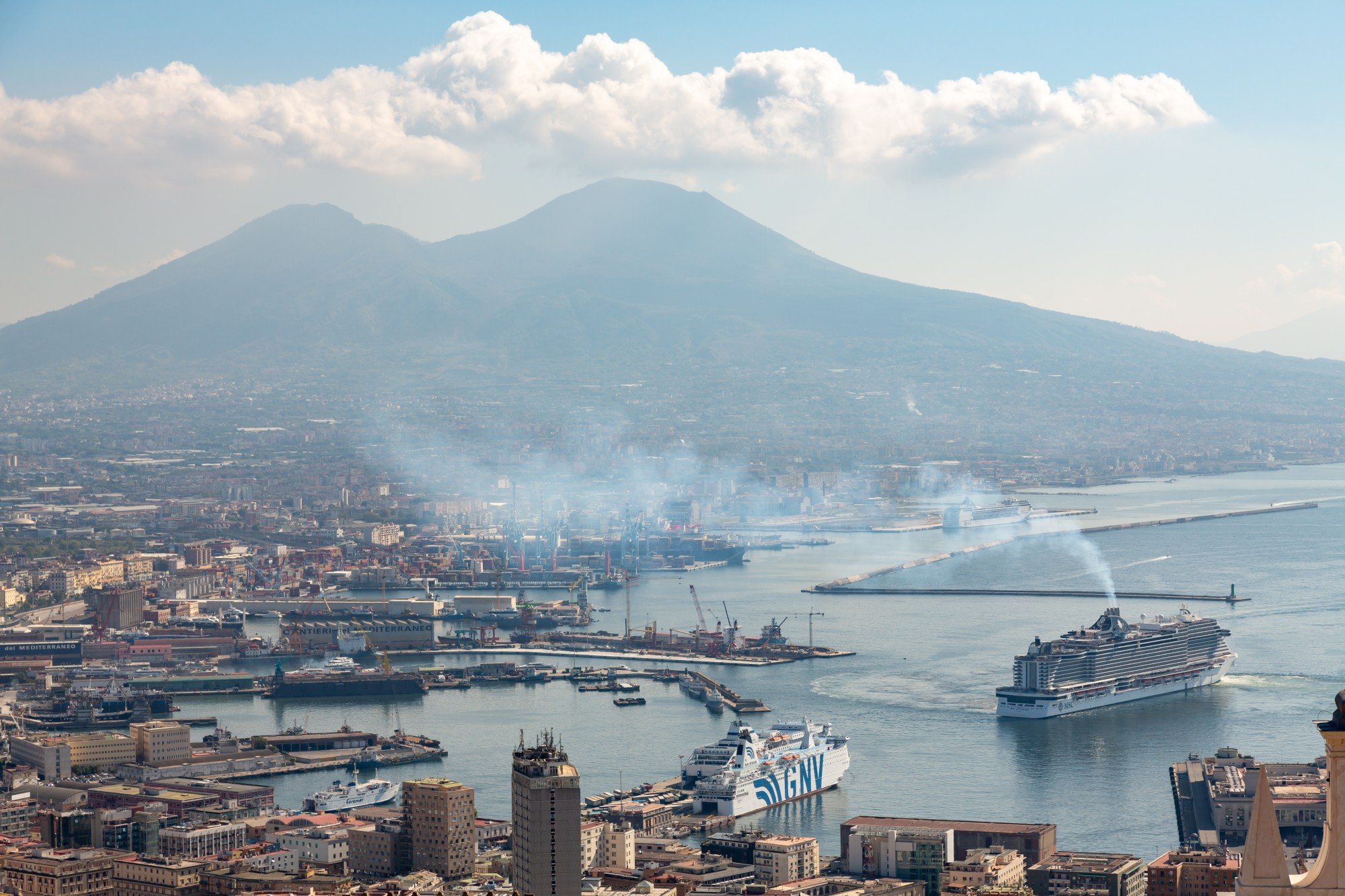
A 2022 police investigation found Naples street market sellers paid the mafia up to €200 weekly to operate their stands, or were forced to buy their merchandise.
Counterfeiting’s negative effect on the economy, notably in terms of lost demand, lost jobs and unpaid taxes, is huge.
Louis Vuitton, Prada and Cartier trial blockchain to counter fakes
There are other consequences: many of Naples’ hundreds of toxic fires each year are because of the disposal of trimming from counterfeit garments and shoes, experts say.
Top brands spend millions to fight counterfeiting. Louis Vuitton brought more than 38,000 anti-counterfeiting procedures globally in 2017, according to its website.
Even smaller companies are now setting up legal protection departments, while increasingly investing in tracking technology.
Local businessmen in Naples also established a “Museum of the Real and Fake” to educate consumers. It closed last year.
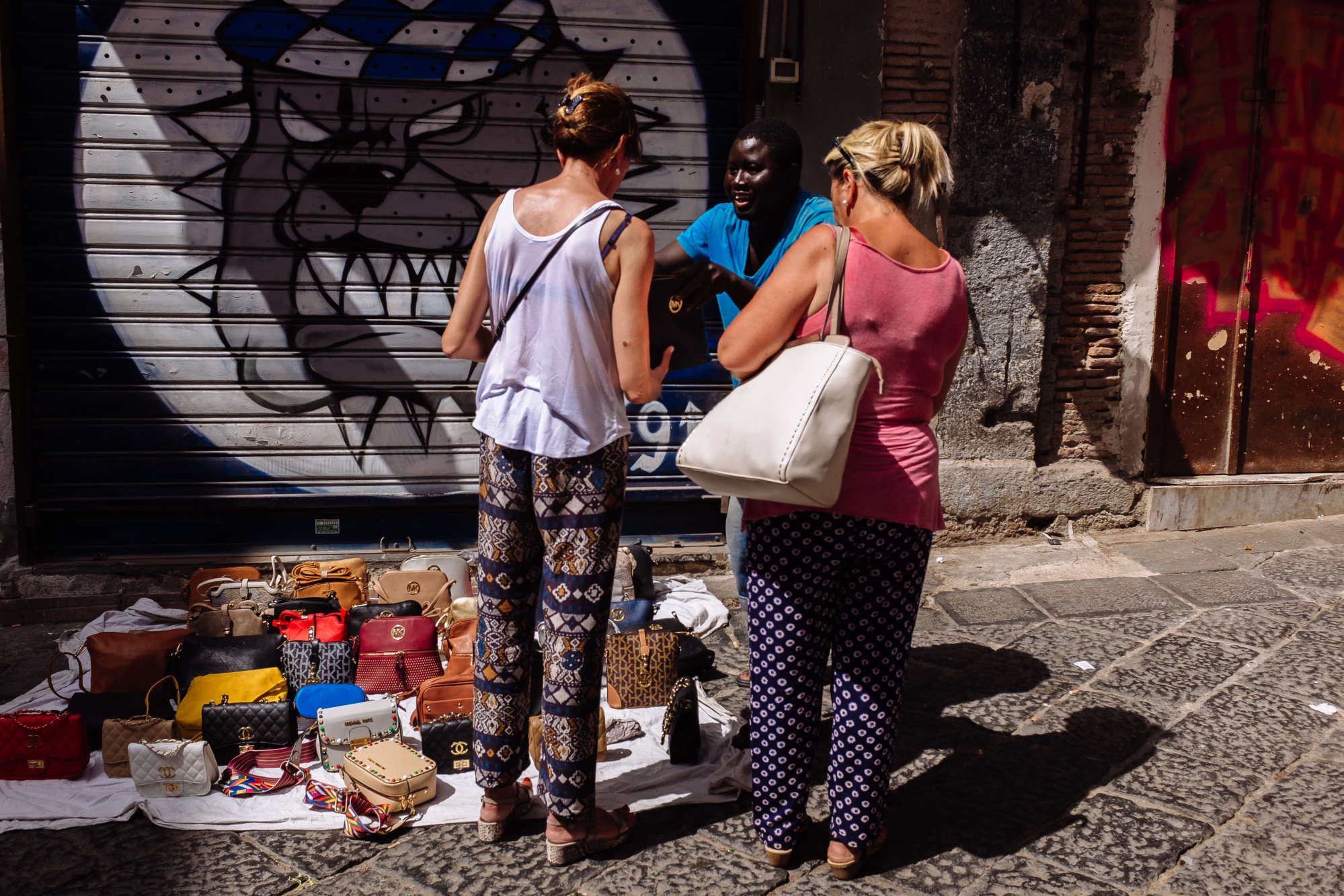
Its head, Luigi Giamundo, said more than 32,000 small fashion businesses in Campania were threatened by unfair competition; even raw fabric can be counterfeited. “It’s a cancer wedging itself into our market,” Giamundo said.
Juna Shehu of Indicam, an Italian association lobbying for IP protection of leading fashion brands, said industry cannot act alone.
Indicam is calling for the EU to harmonise rules on dealing with seized fakes, with some countries currently making brands pay for their storage or destruction.
Trading dirt for gold: how Chinese farmers supplied gardeners’ Canton mud
Educating consumers is also key. A 2023 survey found one-third of EU citizens would consider buying fakes if the originals are too expensive, rising to half of young people.
“This has to be a multidisciplinary approach because counterfeiters are becoming more and more expert,” said Shehu.
Back on the Naples street, many customers seem unconcerned.
“It does not bother me,” said Caterina, 17, who bought a fake YSL wallet from a market seller for €11. The original costs more than €300.
“Regardless of the label, it is about whether I like the object.”

.png?itok=arIb17P0)